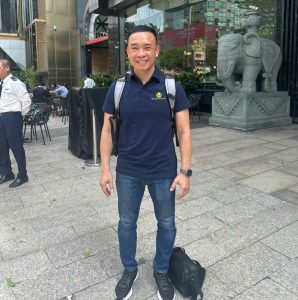Exploring the Phobjikha Valley: Cranes, Culture, and Tranquility
Just a short detour south of Bhutan’s main highway lies the serene Phobjikha Valley – a glacial landscape brimming with natural beauty and spiritual charm.
Gangtey Monastery
Perched at the valley’s head, the 17th-century Gangtey Gompa commands sweeping views of the valley below. This atmospheric monastery is home to monks who return here during the warmer summer months.
Winter Home of the Black-Necked Cranes
Each winter, the Phobjikha Valley becomes a haven for rare black-necked cranes, migrating from the windswept Tibetan plateau. Their arrival marks a special time for birdwatchers and locals alike, celebrating the harmony between nature and tradition.
Speak to someone who's been there

Our itineraries will give you suggestions for what is possible when you travel in Phobjikha Valley, and they showcase routes we know work particularly well. Treat them as inspiration, because your trip will be created uniquely by one of our specialists.
Our guides passionately explore Bhutan, seeking unique experiences, hidden gems, and gathering updated intel on top guides, hotels, restaurants, and best transport.





